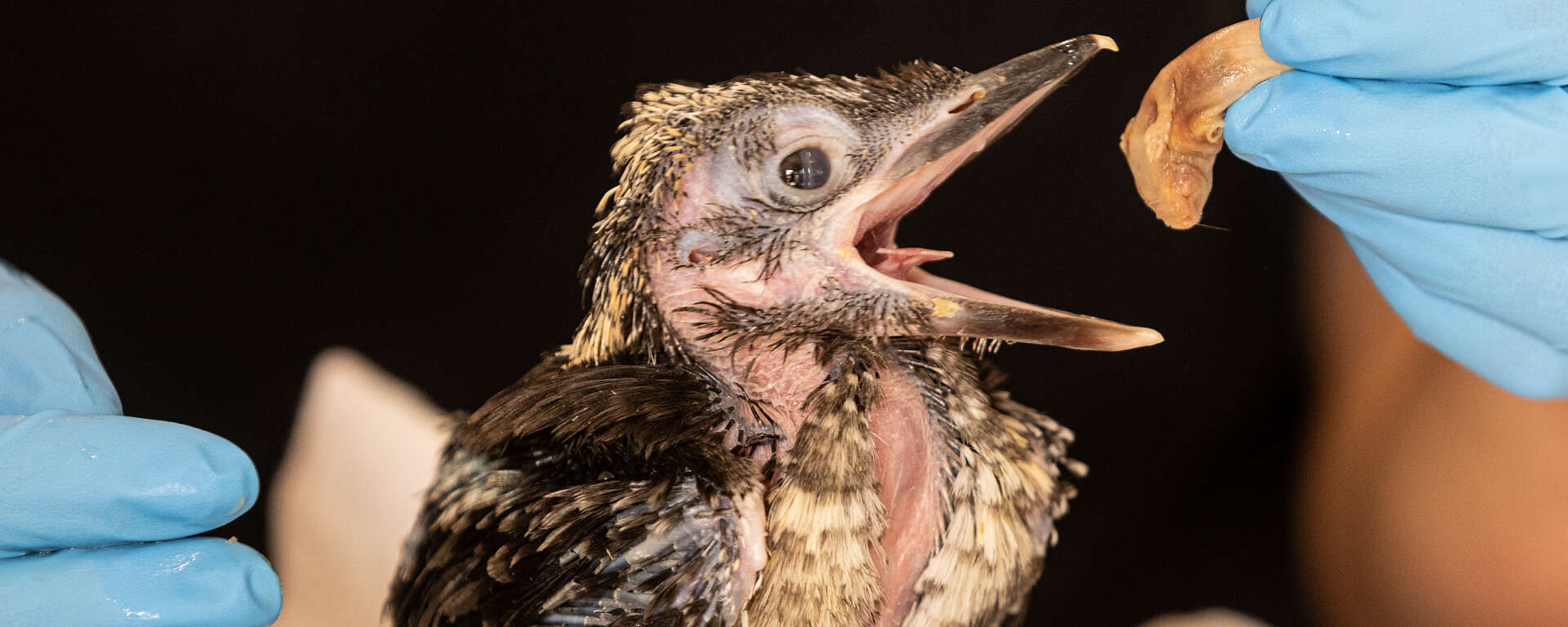Meet our hand-reared kookaburra chick
Posted in: Baby Animals, Goings on
Meet our youngest laughing kookaburra chick, currently being hand-reared by our animal staff at Safari West. Early in the morning on July 7th, keepers found this little one in the nest box lying on their side, appearing weak, cold, and underweight. These parents are experienced and have successfully reared chicks in the past, so keepers were unsure why there appeared to be a lack of parental care for this individual. Due to their concerning condition, they were immediately removed from the habitat and brought down to our vet clinic where keepers began the process of warming them up and providing subcutaneous fluids. Several hours later, once they were warm and appeared slightly brighter, keepers began slowly syringe-feeding a nutrient-dense slurry made by mixing warm water with Harrison’s Recovery formula powder.
We still don’t know whether the baby is a male or female yet, so for the time being, they’ve been given the nickname: Lil Beeb.
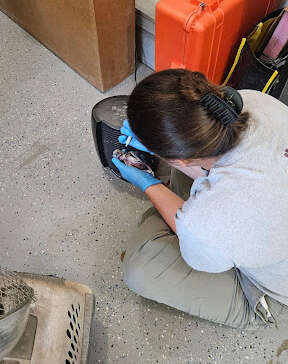
first syringe feeding shortly after being warmed up and receiving sub-q fluids
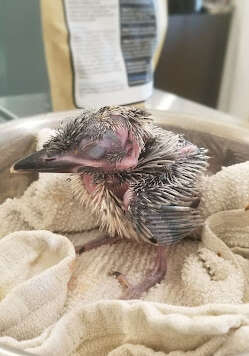
Due to their low weight and fragile condition, the kookaburra came home with keepers in a brooder (which maintains warm temperatures and humidity levels) overnight for additional feedings and close monitoring (which continues to this day). Throughout the first week, they gained about 10 grams/day, and slowly began vocalizing more, preening themself, and actively begging for food whenever they sensed keepers were present. As they grew stronger, they were fully weaned off of the recovery slurry and onto mice soaked in water (for additional hydration).

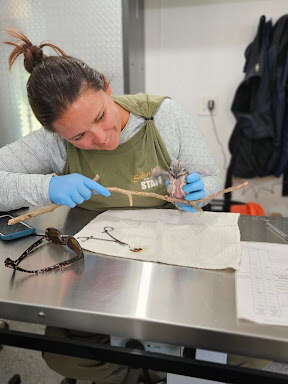

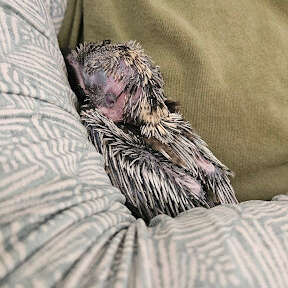
The baby kookaburra started showing a lot of personality, especially with a strong inclination to lean into things, particularly keepers’ arms… to which we were more than happy to oblige. Keepers began introducing the opportunity to perch, and with practice, their balance continues to improve. Once it was safe to do so, the kookaburra started getting some outside sunbathing and socializing time with keepers to stretch out those wings and encourage more movement.
At this point, they are nearly fully feathered and have almost all of their flight feathers, and we’re working on transitioning them to an outside habitat for more opportunities to practice flying as a healthy fledgling!
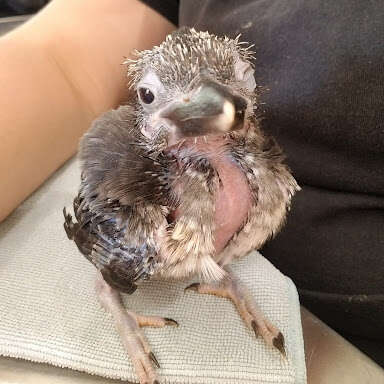
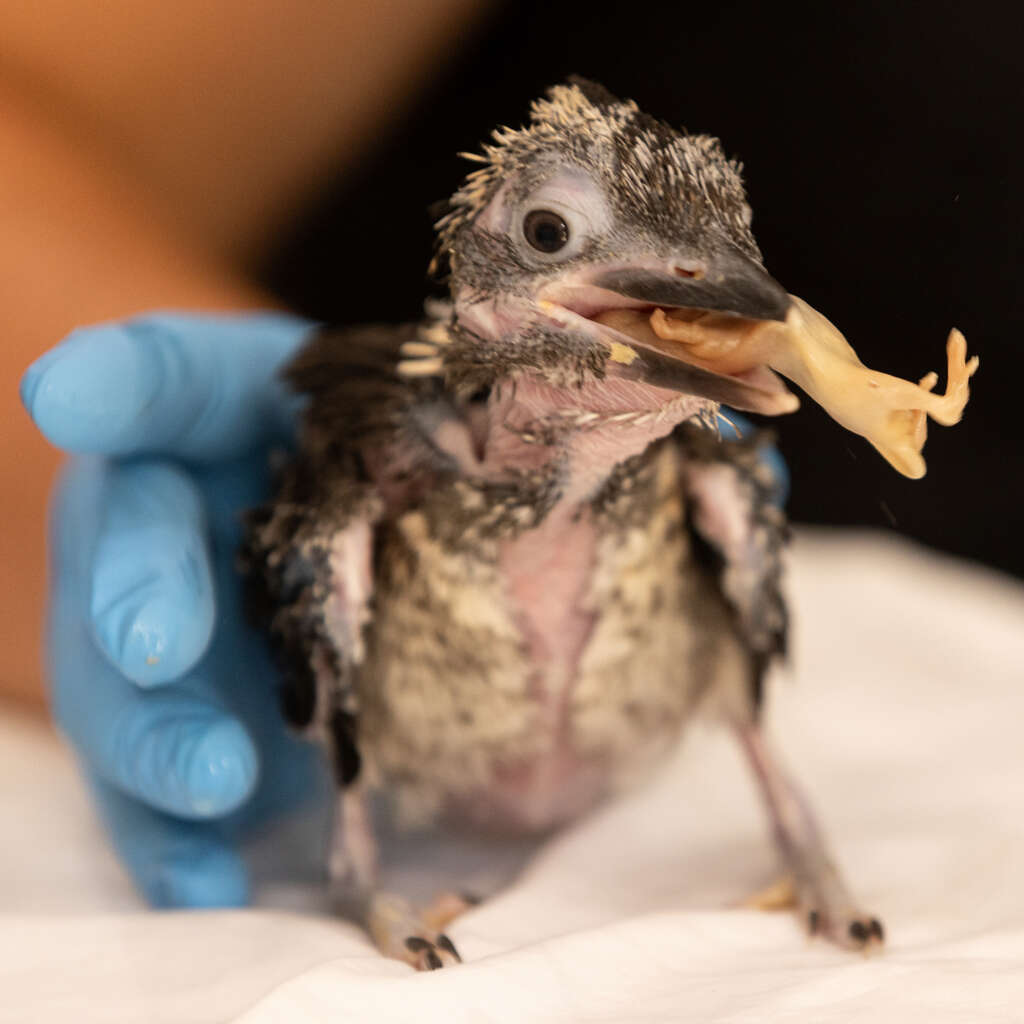
This, plus the header image, by John Burgess
